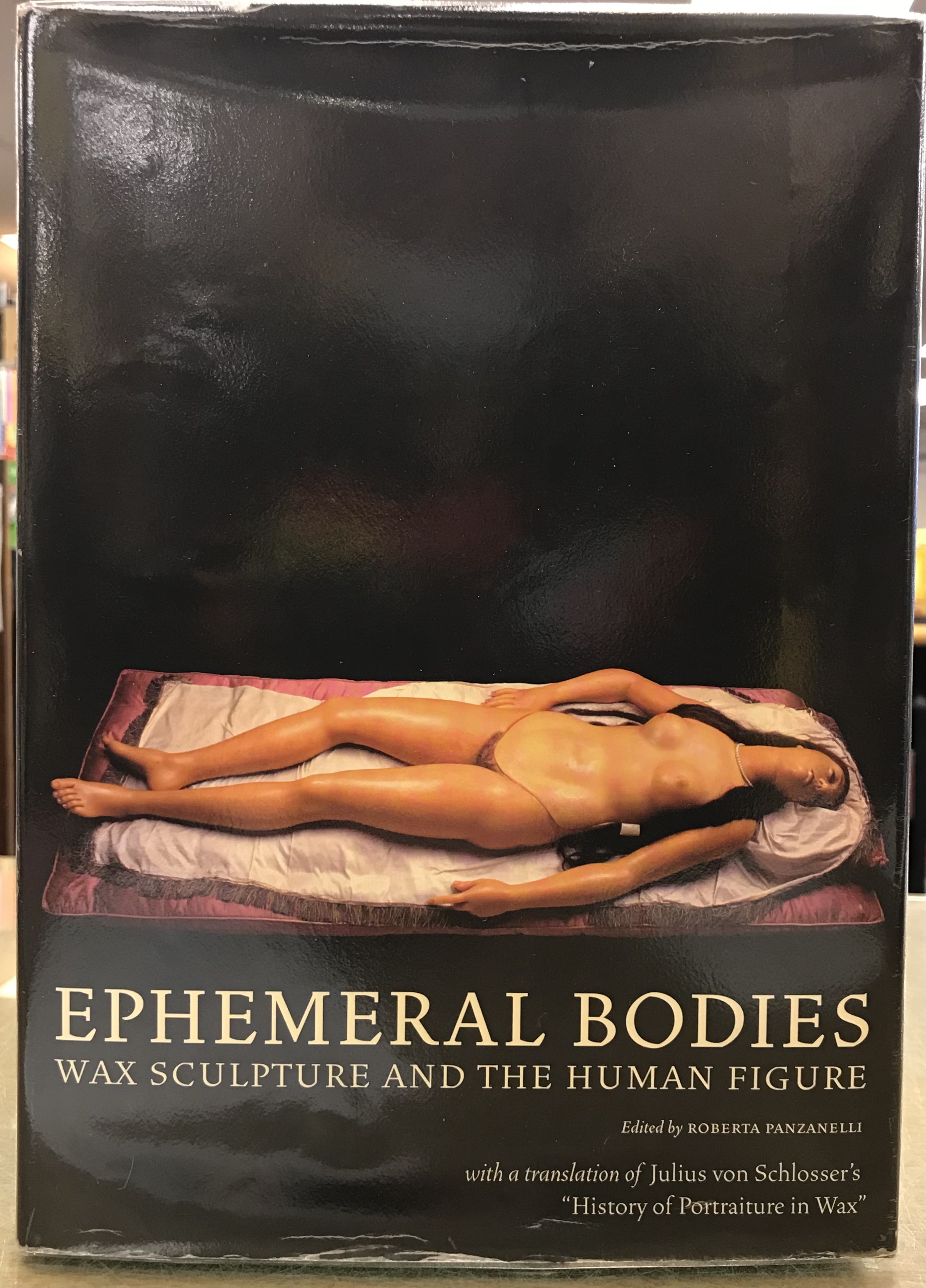
Ephemeral Bodies: Wax Sculpture and the Human Figure
Getty Research Institute, Los Angeles, 2008. Maroon boards with black titles on spine. There is some wear to the boards, particularly to spine ends. Binding is tight. No inscriptions or markings. Dust jacket has some creasing and edge-wear. This is a heavy book so please check postage with bookseller.
The material history of wax is a history of disappearance?wax melts, liquefies, evaporates, and undergoes innumerable mutations. Wax is tactile, ambiguous, and mesmerizing, confounding viewers and scholars alike. It can approximate flesh with astonishing realism and has been used to create uncanny human simulacra since ancient times?from phallic amulets offered to heal distressing conditions and life-size votive images crammed inside candlelit churches by the faithful, to exquisitely detailed anatomical specimens used for training doctors and Medardo Rosso?s ?melting? portraits.
The critical history of wax, however, is fraught with gaps and controversies. After Giorgio Vasari, the subject of wax sculpture was abandoned by art historians; in the twentieth century it once again sparked intellectual interest, only soon to vanish. The authors of the eight essays in Ephemeral Bodies?including the first English translation of Julius von Schlosser?s seminal ?History of Portraiture in Wax? (1910?11)?break new ground as they explore wax reproductions of the body or body parts and assess their conceptual ambiguity, material impermanence, and implications for the history of Western art.
